Have you ever looked at a guitar and thought “Nah, that’s way too easy to play.”[Mattias Kranz] seems to have done, so he built the 360 Guitar, a new instrument with a circular, rotating neck. The rotating neck means that it can have more strings than most: we think that it has sixteen, but it’s hard to tell. Anyway, it has a lot of strings and looks utterly impractical, which makes it an exciting project.
The basic idea is intriguing: take a conventional guitar design and replace the fretboard with a rotating pillar. Perhaps even stick a motor in there to rotate it on command. Each of the strings is mounted along this pillar using standard string retainers and tuning pegs, with frets along the pillar. Because you can fit so many strings, you can use all of the standard strings for a bass and treble guitar, plus a few extra like the thickest bass string available and the thinnest guitar strings. It’s like a four-dimensional Chapman Stick.
[Mathias] is still working on the project as you can see in the video below the break, so we will be interested to see what new design aspects he comes up with, like the plan to use a motor to rotate the neck. [Mattias] has built a few instruments that we have featured before, like the Helium guitar, which replaces the resonant cavity with a helium balloon, and the Plasma Piano, a combination of piano and tuned plasma coil.
Continue reading “Rotating Necked Guitar Looks Difficult To Play”

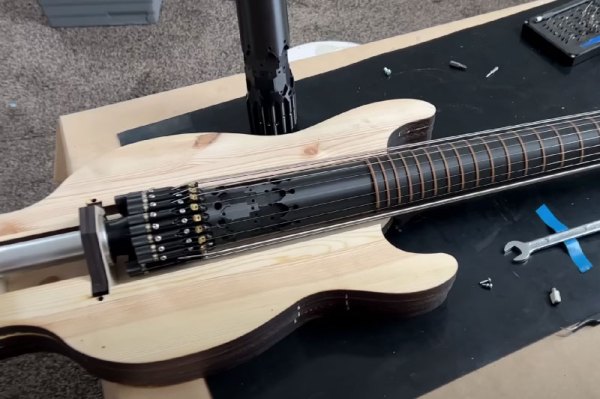
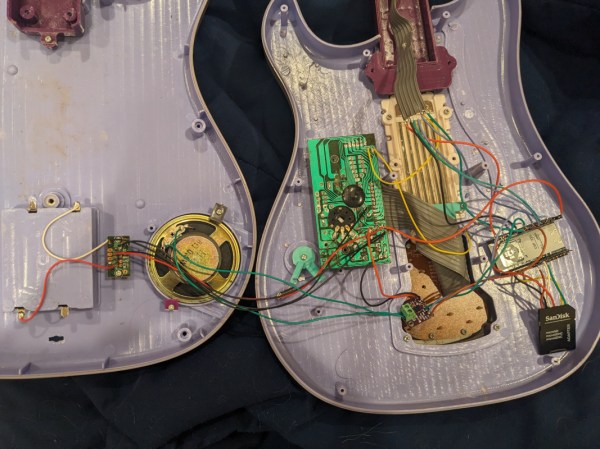

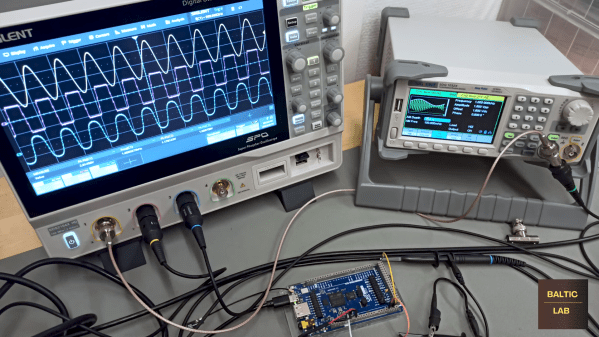
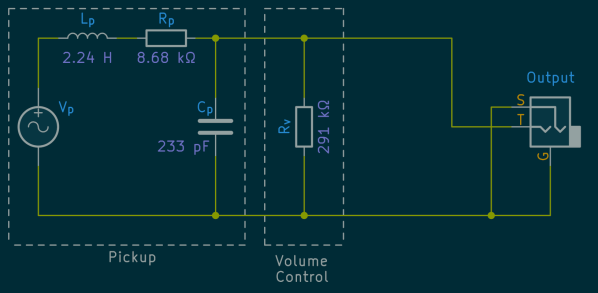
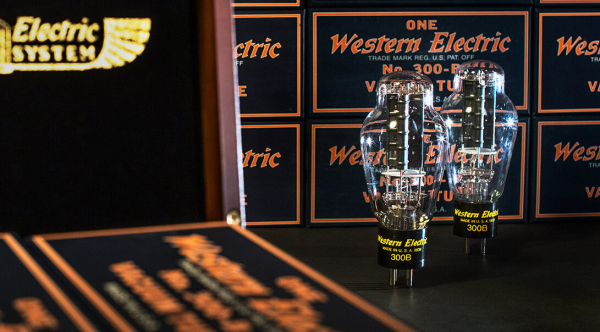

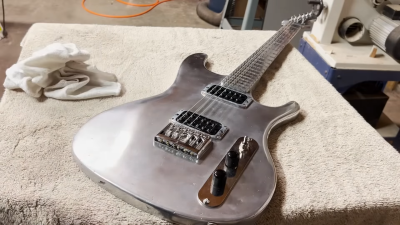 Both the body and neck of the electric guitar are made out of aluminium. It’s an impressive effort, as manufacturing a usable neck requires care to end up with something actually playable when you’re done with it.
Both the body and neck of the electric guitar are made out of aluminium. It’s an impressive effort, as manufacturing a usable neck requires care to end up with something actually playable when you’re done with it.








